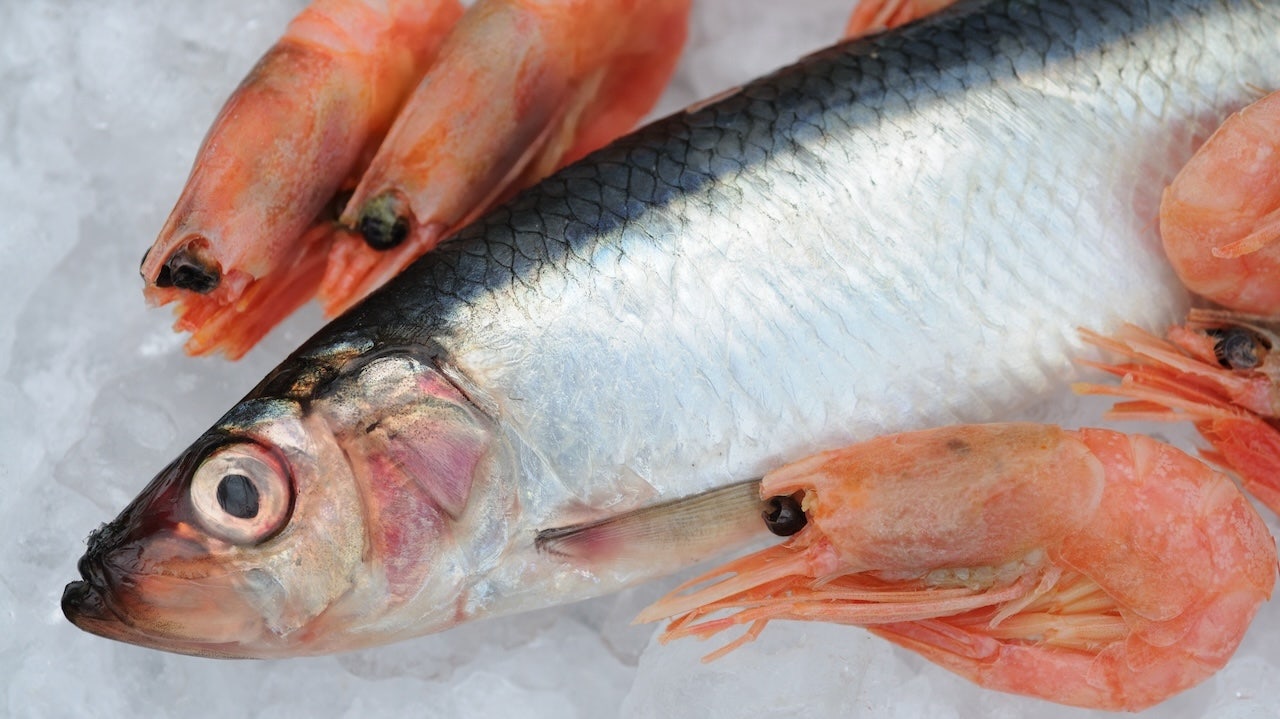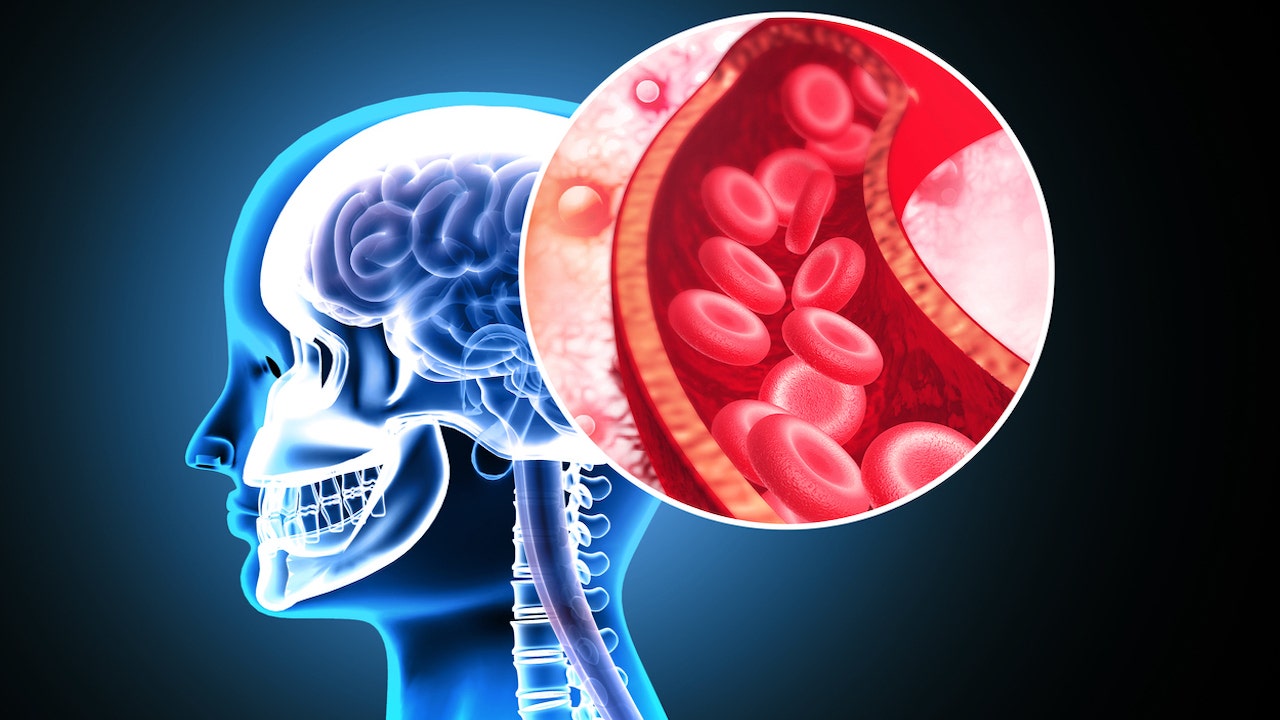Seafood samples contain high levels of microplastics in western US: study

Microplastics have been detected in almost every seafood sample found off the coast of the western U.S. in a recent study conducted by researchers at Portland State University (PSU). The study identified “anthropogenic particles” in the edible tissue of six different species of fish, including black rockfish, lingcod, Chinook salmon, Pacific herring, Pacific lamprey, and pink shrimp.
According to a press release from PSU, the study found microplastics, which are tiny particles that shed from clothing, packaging, and other plastic products, in 180 out of 182 samples of seafood that were either purchased at a store or obtained from a fishing boat in Oregon. The highest concentration of particles was found in pink shrimp, while Chinook salmon contained the lowest levels.
Elise Granek, a microplastics researcher and study co-author, noted that smaller organisms like shrimp and small fish seem to be ingesting more anthropogenic particles. She explained that these organisms are consuming smaller food items like zooplankton, which can accumulate high concentrations of plastics in their environment.
Susanne Brander, an ecotoxicologist and associate professor at Oregon State University, emphasized the concerns raised by the study’s findings. She highlighted the fact that microfibers from plastics appear to move from the gut into other tissues, such as muscle, which could have wide implications for other organisms, including humans.
Despite the prevalence of microplastics in seafood samples, the study authors do not recommend that people specifically avoid consuming seafood. Granek pointed out that microplastics have been found in many other food products as well, indicating that what we put into the environment ultimately ends up on our plates.
Bing Wang, an associate professor of food safety risk assessment at the University of Nebraska-Lincoln, noted that while the study’s findings are concerning, there is currently no evidence to suggest that seafood consumption poses an immediate health risk. Wang emphasized the nutritional benefits of seafood, such as high-quality protein and omega-3 fatty acids, which are important components of a healthy diet.
The study also highlighted the presence of nanoplastics, which are smaller particles that can cross biological barriers and potentially accumulate in organs. Sources of contamination include everyday human activities, such as improper disposal of plastic products, littering, and inadequate waste management systems.
While completely avoiding microplastics is challenging, Wang stressed that they are pervasive in the environment and present in various food sources, not just seafood. The PSU study, funded by Oregon Sea Grant at Oregon State University, aligns with global research on microplastic contamination in seafood and should be considered within a broader context of microplastic exposure from multiple sources.
Overall, the study’s findings underscore the need for better waste management practices and increased awareness of the impact of plastic pollution on marine ecosystems and human health. The presence of microplastics in seafood serves as a reminder of the interconnectedness of our actions and the environment, emphasizing the importance of sustainable practices for a healthier planet and population.




